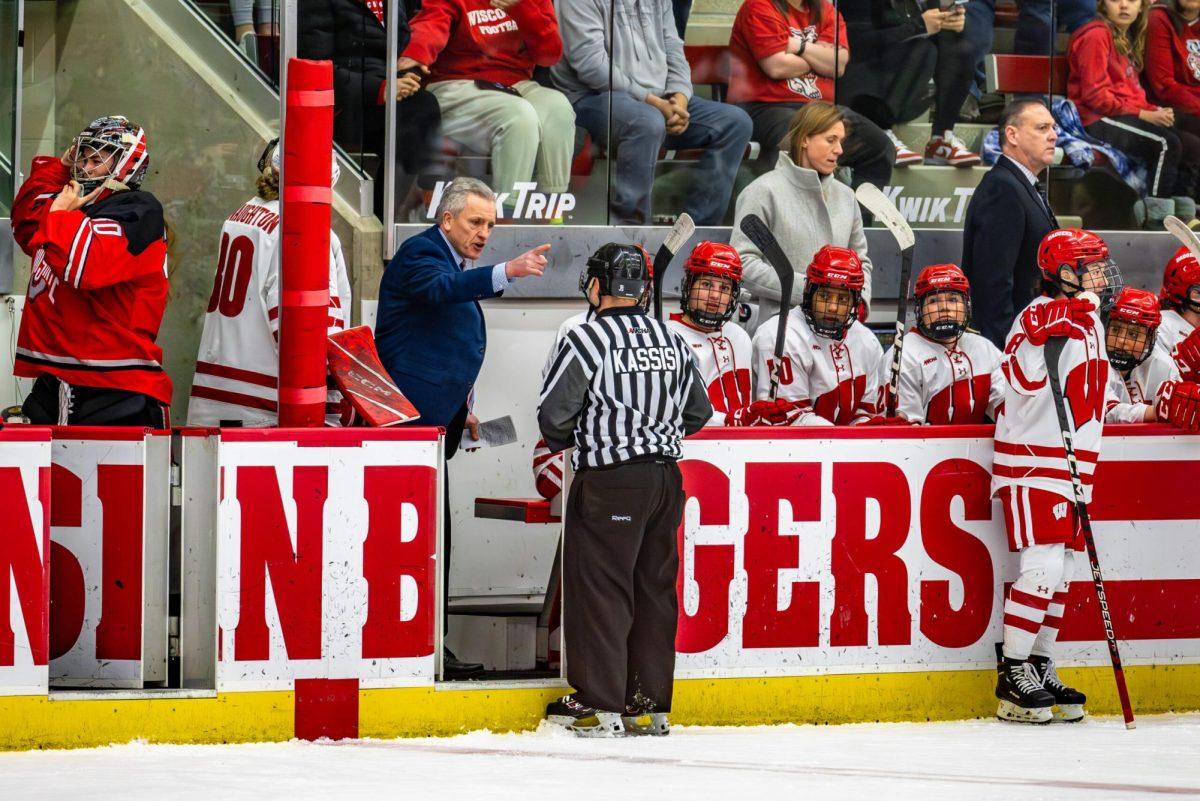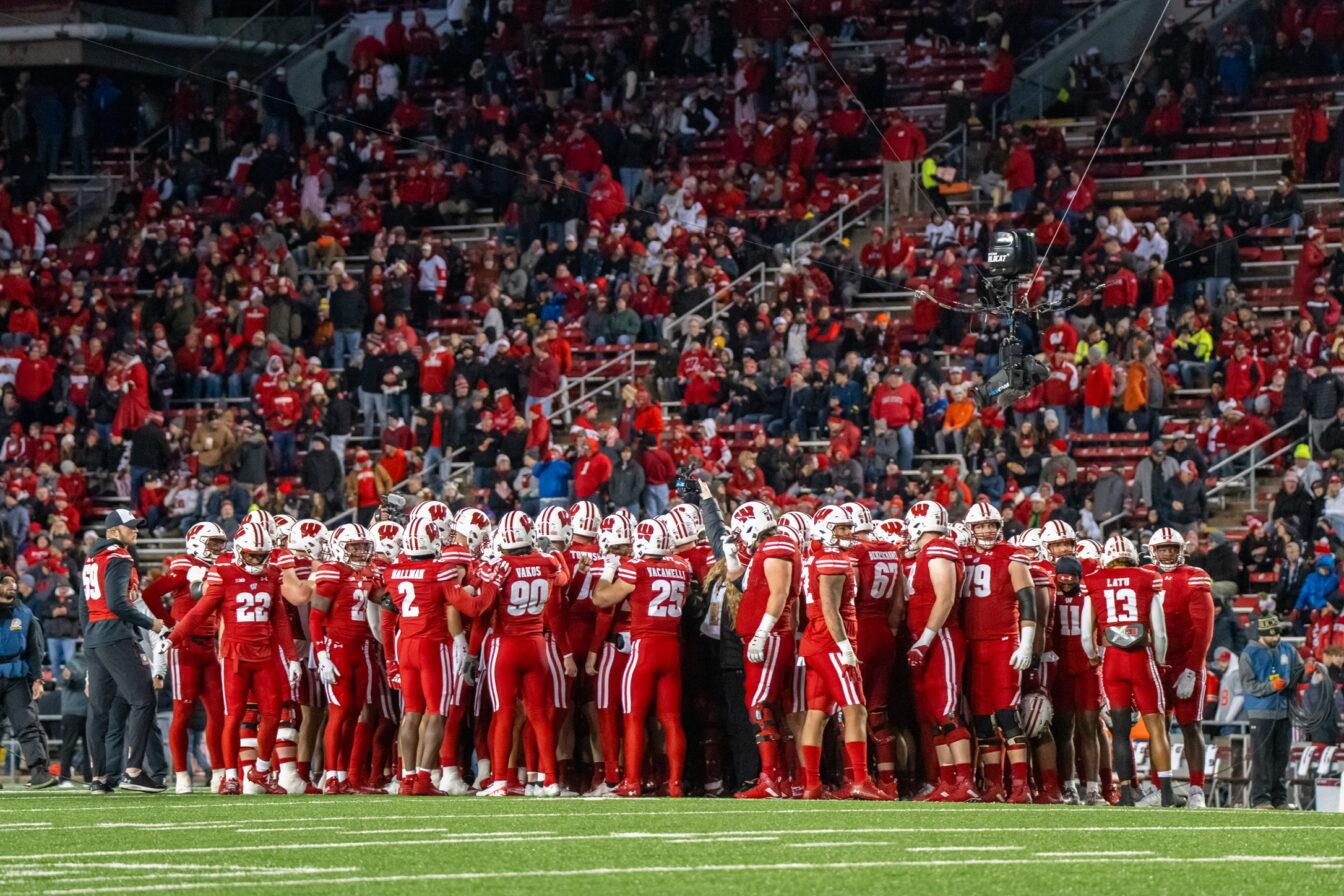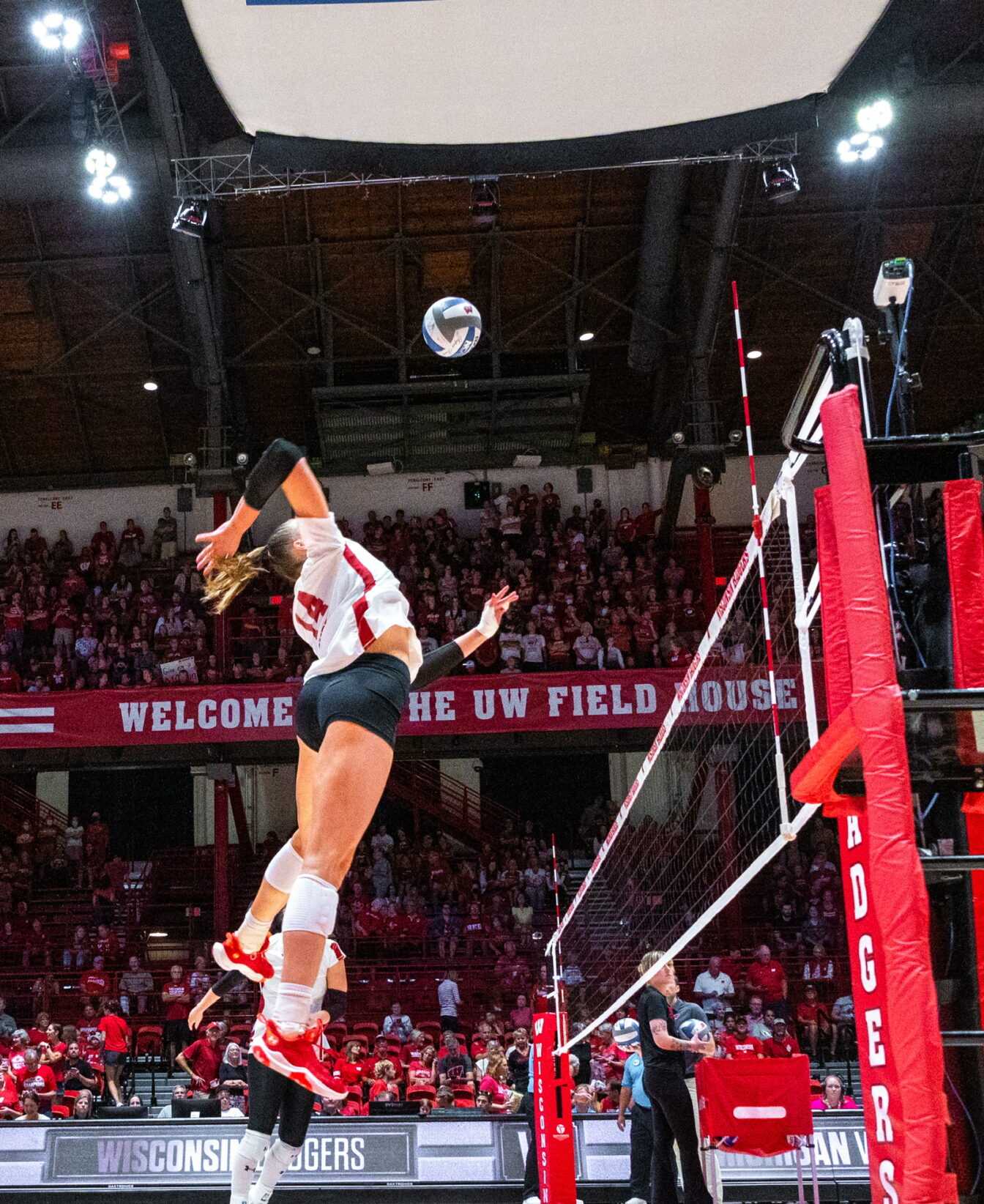In its last three games, the UW men’s basketball team seems to have found some type of renewal fountain in their halftime locker room. Against Northwestern on the road and against Michigan State and Indiana at home, the Badgers have been able to parlay sub-par first halves into second-half dominance, particularly in the area of field-goal percentage.
Against the Spartans Feb. 11, the team improved its shooting by 14.2 percent and reduced MSU’s shooting by 9.5 percent from the first to the second half. As a result, the Badgers pulled away from the Spartans, turning a 4-point halftime lead into an 11-point victory.
Last Saturday against Indiana, UW’s halftime turnaround was even more dramatic. The Badgers shot just 30.8 percent in the first half, while the Hoosiers knocked down 50 percent of their attempts. In the second half, Wisconsin shot a scorching 58.3 percent and Indiana just 38.7 percent, as UW outscored the Hoosiers 50-30 in a dominant second half.
“We make good adjustments coming out of halftime,” point guard Devin Harris said. “In the first half, we usually go away from getting the ball in the post. In the second half, we made that emphasis right away. When we get the ball and work it around, our shots tend to fall. Once we get the ball in the post and kick it out, then our threes start to fall and everything starts to click for us.”
Rebounding: Big Ten forwards and centers tend to lick their chops when they see the Badgers hit the floor. Wisconsin’s starting frontcourt of Mike Wilkinson and Alando Tucker, 6-foot-8 and 6-foot-5, respectively, at first glance might look like little brothers to their larger Big Ten foes. But those opponents should know better.
The tenacity of Wilkinson and Tucker has allowed the Badgers to hold the Big Ten’s second-largest rebounding margin at plus 4.1 rebounds per game, surpassed only by Michigan State’s plus 6.5 rebounds per game.
UW also averages 10.78 offensive rebounds per game. But the reasons for this extend beyond the play of Wilkinson and Tucker, as well as fellow big men Dave Mader and Andreas Helmigk.
First of all, the Badgers get tremendous rebounding contributions from the guard position. Harris pulls down 4.8 rebounds per game, while Kirk Penney is second on the team to Wilkinson with 6.1 rebounds per game.
Secondly, Wisconsin has limited its opponents’ possessions by turning the ball over the least among Big Ten teams. By holding down the number of shots their opponents attempt, the Badgers hold their opponents to a minimum of offensive-rebound chances. Also important in the rebounding equation is UW’s swing offense, which is designed to spread out the defense, forcing big men to come out and defend on the perimeter. Wilkinson and Tucker then use this space to establish position for offensive rebounding.
“When we attack the basket, we tend to make teams rotate, and that gives us a chance to [get offensive rebounds when] they miss block-out assignments,” Harris said. “Alando and Mike are working hard down there on their block-out assignments. [Defensively], I just try to determine where the ball’s going, see where the ball’s coming off the rim. As long as guys put bodies [on our opponents], it’s pretty easy for me to get the rebound.”
Head coach Bo Ryan incessantly preaches the importance of positioning and tenacity under the glass, and it has helped the Badgers equalize their size disadvantage.
On top of the Big Ten: At 18-5 overall and 8-3 in the Big Ten, Wisconsin remains in a three-way tie atop the conference with Michigan and Purdue. Illinois and Minnesota stand two games behind.
UW is certainly in a sound position in its quest to capture a second-straight conference title, but it’s a markedly different position than last season, when they snuck up through the standings in late February and early March to finish on top. This year, they’ll have to deal with already being on top as the final part of the conference schedule approaches.
“The bottom line comes down to just winning games,” Harris said. “Last year that’s what we did, and we moved up. This year if we win games, we stay on top. We control our own destiny.”














